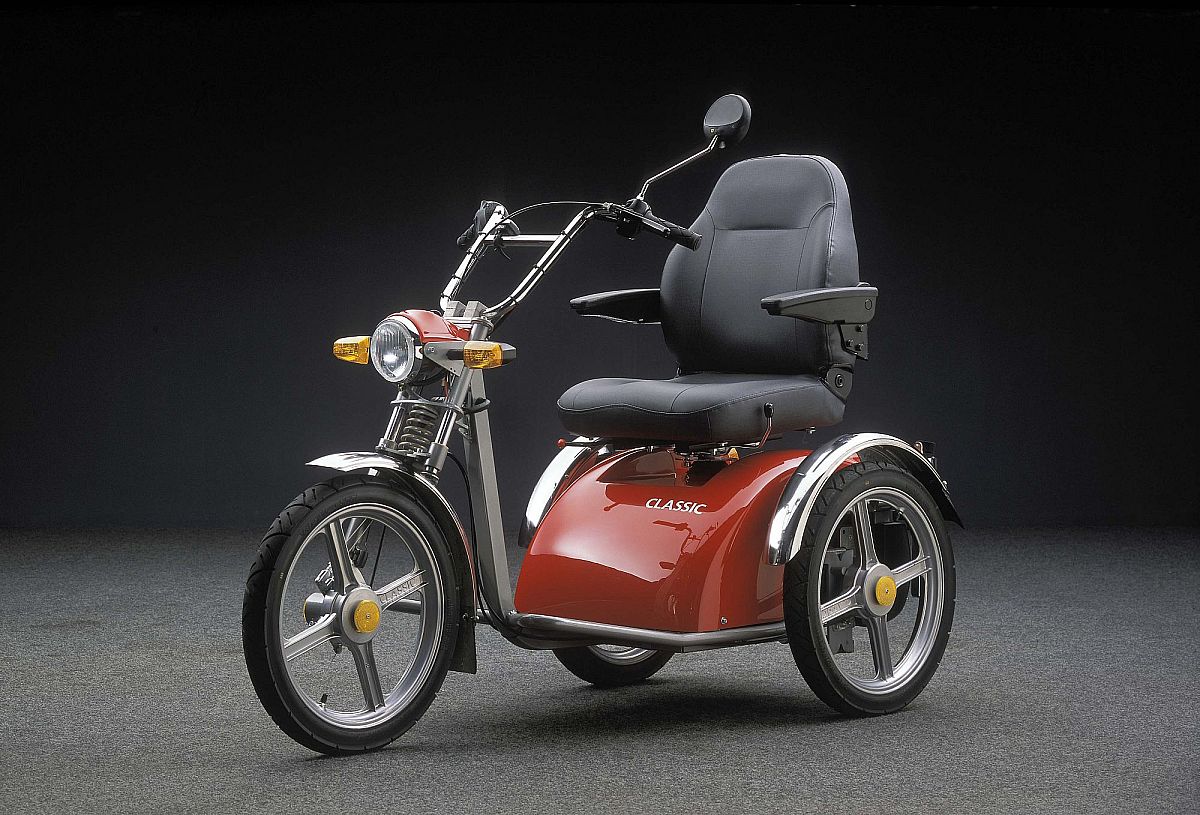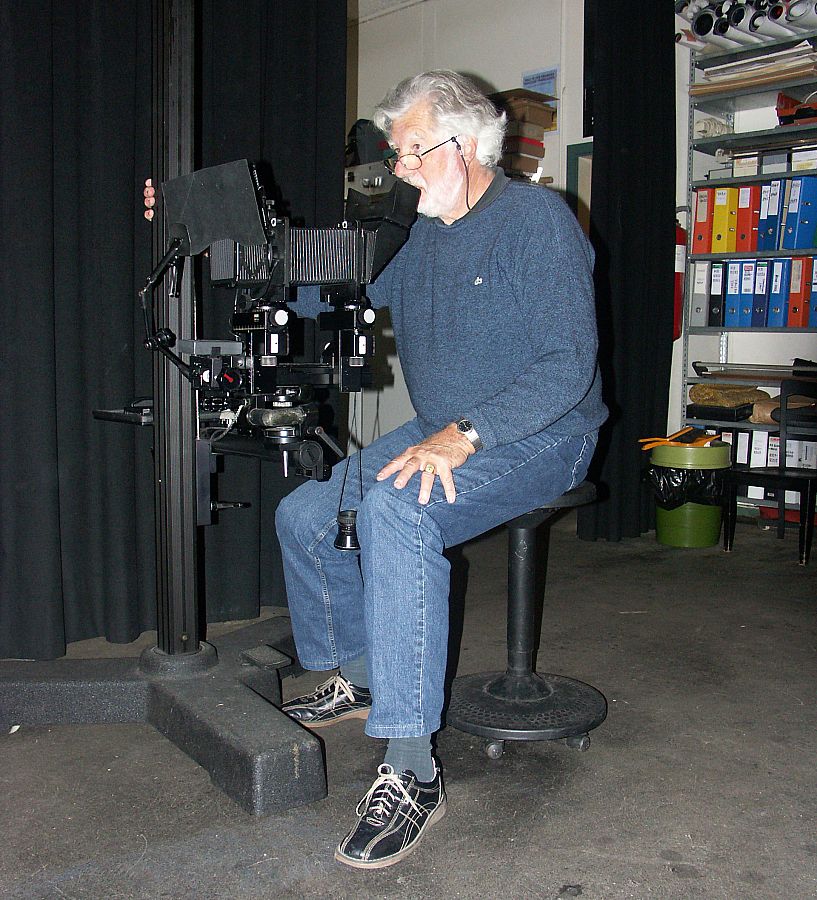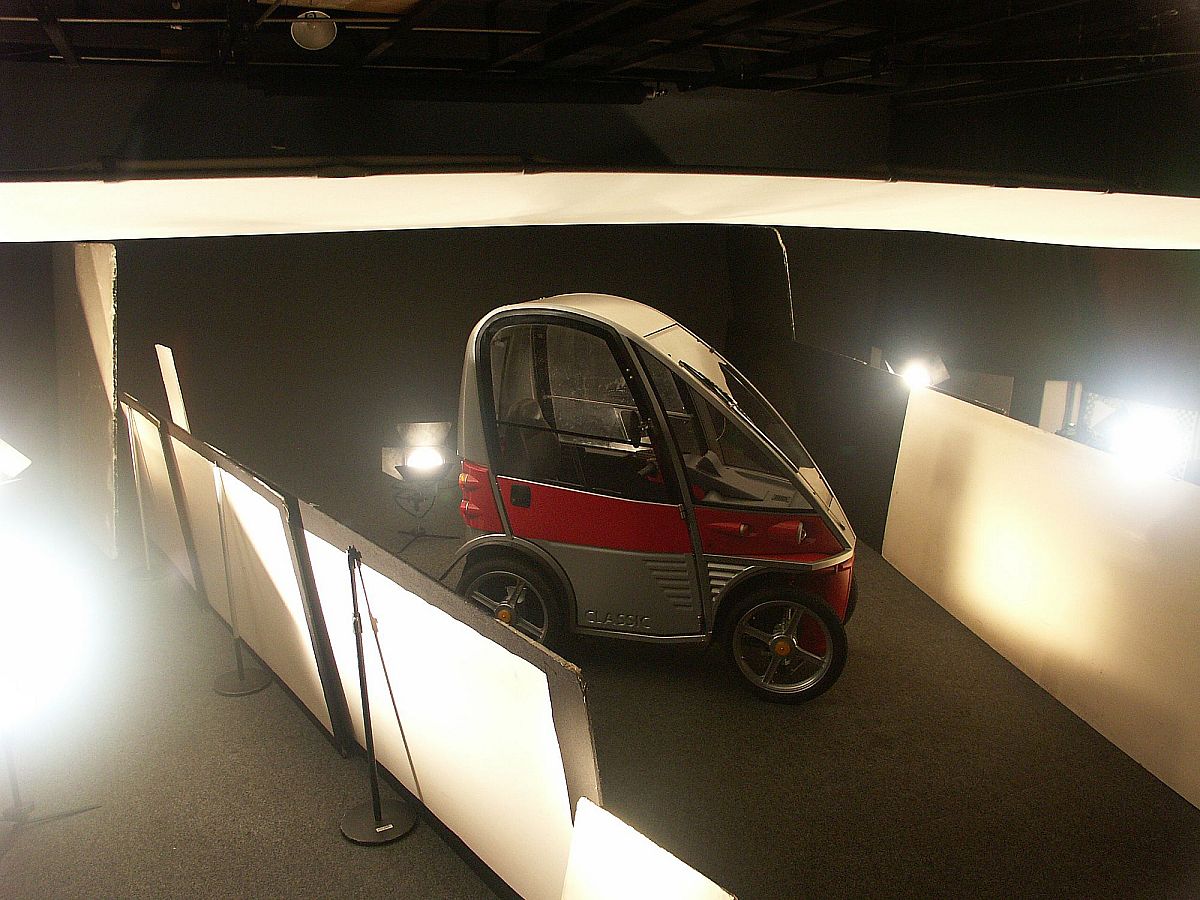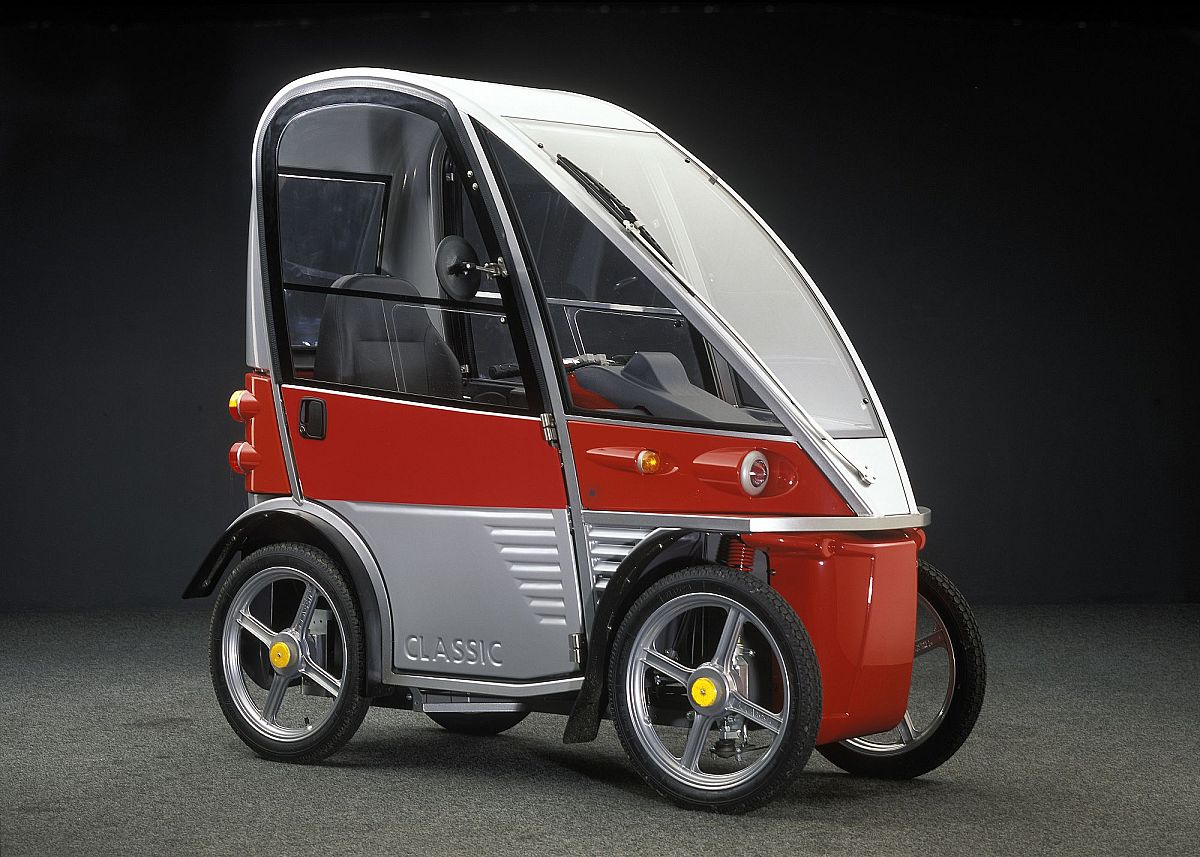Photos by Michel Zumbrunn

After another crisis, operations returned to normal and the company was back in the black. I wanted to celebrate the event. This time, the focus should be on our products, the vehicles. They have served me, the company, our suppliers and our customers faithfully over the many years. I wanted to have the vehicles photographed by the best possible photographer: Michel Zumbrunn had his photo studio not far from us and he was very renowned in the automotive world. He had already published several books in which vehicles of all kinds were perfectly staged. Details were discussed by telephone. A precise briefing was required. What were the shots to be used for? What quality? How should the photos be delivered? I decided on posters that would decorate our office as a primary task and could additionally be used on our homepage. Mr Zumbrunn's assistant told us his daily rate and also that only one shot per day was feasible. She specified that this meant that one photo could be taken of a car from one perspective. Yes, if Mr Zumbrunn was in good flow, he could take a maximum of two photos. One photo per day? I had to experience that myself. That was rather unusual, but if the photographer was not disturbed in his work, an exception could be made. The question of the background also had to be clarified. I wanted white or a very light grey. Then the master himself came to the phone. White or light grey was possible, but he would have to rebuild his entire studio. There would be no additional costs, but it would simply be a lot of work. He strongly advises against it, however, because the right shape will only come out with a black background. Yes, actually he only photographs in black. We agreed on black and I became even more curious.
I booked several days. I wanted to have all our vehicles photographed and drove to the studio full of expectations. The first vehicle we did was the PLUS. The vehicle was driven into the studio and Mr Zumbrunn looked at it very closely from all angles. This process took about half an hour. Afterwards, the shooting angle was discussed again and he looked through the camera for the first time. His comment: "Ä rächts Gstabi." What did he mean? Yes, the relationship between height, length and width was challenging. But he had already dealt with much more difficult shapes. He enlightened me that if a designer had messed up the shape, the last resort of the advertisers was to present the vehicle in black. That way, the shape is less obtrusive. Black forgives a lot. White is tricky to photograph and red traces the contours very nicely - provided the reflections are set correctly. Classical music was played. Today it was Mozart's turn. It calms and gives the best possible harmony. Next, the camera was pointed. I was impressed by the size of the negatives. The camera had an ancient looking bellows. You see cameras like this in films from the 1930s. Mr Zumbrunn explained to me that he could adjust the proportions in the picture with the camera. This way he could make all the angles look straight and still give more weight to the undercarriage, the rear, the stem or the discs. This camera is called a "shift camera". He used to be a fashion photographer. But as he got older, he said, the models and the whole industry became too fast for him. So he specialised in cars. His success proved him right. I wanted to know whether he was also interested in cars, in the technology and whether he had driven the cars he photographed himself. "No, he considers himself a very bad driver". He does not drive any of these cars. He only drives his Renault Espace and only to transport his photo studio.

For every assignment, whether Munich, Stuttgart, Paris or Turin, he always took his own studio with him. Vehicle technology did not interest him at all! He lived and celebrated the shapes of the cars alone. Meanwhile, the PLUS was positioned, and the camera set up. All angles were checked and the perspective set. I already believed he was making very good progress. The work was just beginning. A second photographer appeared. He too was an expert. He had come to direct the light! First the base light, then the main lights on the vehicle and then the background light. Nothing was allowed to be reflected on the vehicle that didn't belong there. Mr Zumbrunn gave instructions and the other photographer set the spotlights, focused their beam or opened the aperture. Then came the shadows

Mr Zumbrunn guided clearly and firmly, taking into account the photographer's suggestions as well as mine. The photographer said he really enjoyed working for Mr Zumbrunn. Every time he could learn something new. Obviously I didn't seem to bother the master either, I was allowed to stay. I was allowed to look through the camera and the light was wonderfully evenly positioned. All the details were visible - I had never seen the PLUS like this before. Again I thought we had reached our goal. But no: next, special spotlights were used to set specific reflections, then another white line was set to emphasise the figure of the PLUS. Only now, after almost eight hours of work, everything was ready for the photo. Click, click and the first shot was in the can. Did the shot still need to be edited? What do I mean? Yes, with digital programmes, in Photoshop? Mr Zumbrunn was indignant: Never in his life would one of his photos be edited. That was his honour as a photographer, he said, that he designed all his photographs using only the photographer's craft. At most, if he had a little dirt on the lens or the negative, it could be cleaned out. But even that would have to be marked on the finished product.
Despite the critical question, I was allowed to come back on the other days and be in the studio. I was even allowed to adjust some spotlights. We really only managed one vehicle per day. I was completely thrilled with the result, I was dealing with a real professional. He loved his work, although in his vehicle pictures he only limited himself to the outer form and that too only on a black background. And yet: I have never seen my vehicles like in his photographs. Mr Zumbrunn confirmed to me that he had heard the same statement from the well-known Turin car designers.

I learned from it:
- Working with real professionals is fun.
- I can also give my products pleasure by putting them in the right light.
- Specialization can lead to enlightenment.
